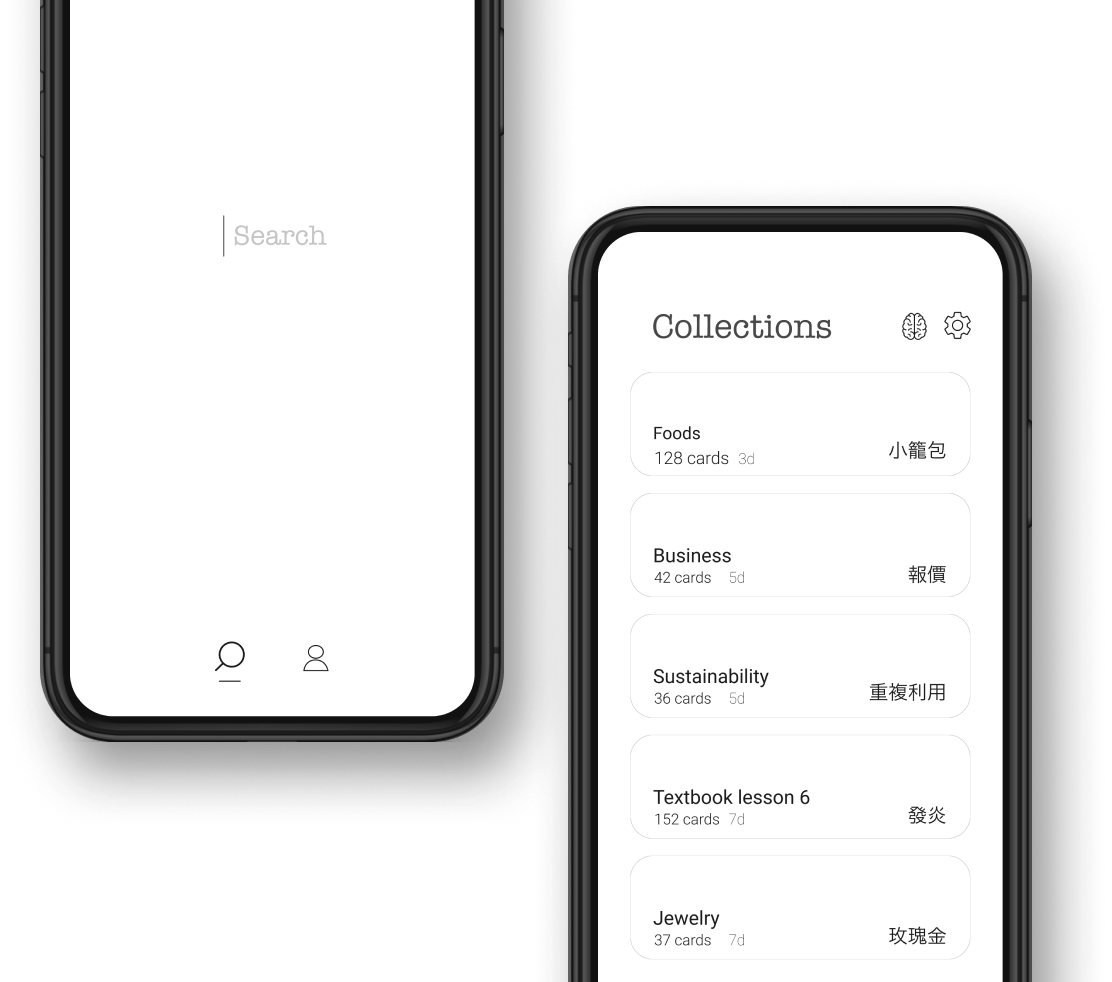Meaning of chě:
尺
one of the characters used to represent a musical note in gongche notation, 工尺譜|工尺谱[gong1 che3 pu3]; a ruler; a tape-measure; one of the three acupoints for measuring pulse in Chinese medicine
Xuéxí gōng chě pǔ de fúhào yǒu zhù yú lǐjiě chuántǒng yīnyuè.
学习工尺谱的符号有助于理解传统音乐。
Learning the symbols of gongche notation helps in understanding traditional music.
Wǒ xūyào yī bǎ xīn de chǐzi lái cèliáng zhè zhāng zhuōzi.
我需要一把新的尺子来测量这张桌子。
I need a new ruler to measure this table.
Tā yòng yī bǎ chǐzi cèliáng fángjiān de chángdù.
他用一把尺子测量房间的长度。
He used a tape-measure to measure the length of the room.
Yīshēng zài bìngrén de shǒuwàn shàng xúnzhǎo zhèngquè de màibó wèizhì, bāokuò cùn, guān hé chǐ.
医生在病人的手腕上寻找正确的脉搏位置,包括寸、关和尺。
The doctor is looking for the correct pulse points on the patient's wrist, including cun, guan, and chi.
a Chinese foot; one-third of a meter; CL:支[zhi1],把[ba3]
Tā mǎi le yī bǎ xīn chǐzi.
他买了一把新尺子。
He bought a new ruler.
Wǒmen yòng yī bǎ chǐzi lái cèliáng zhè zhāng zhǐ de chángdù.
我们用一把尺子来测量这张纸的长度。
We use a ruler to measure the length of this paper.
Zhè bǎ chǐ zi shì xīn mǎi de.
这把尺子是新买的。
This ruler is newly purchased.

